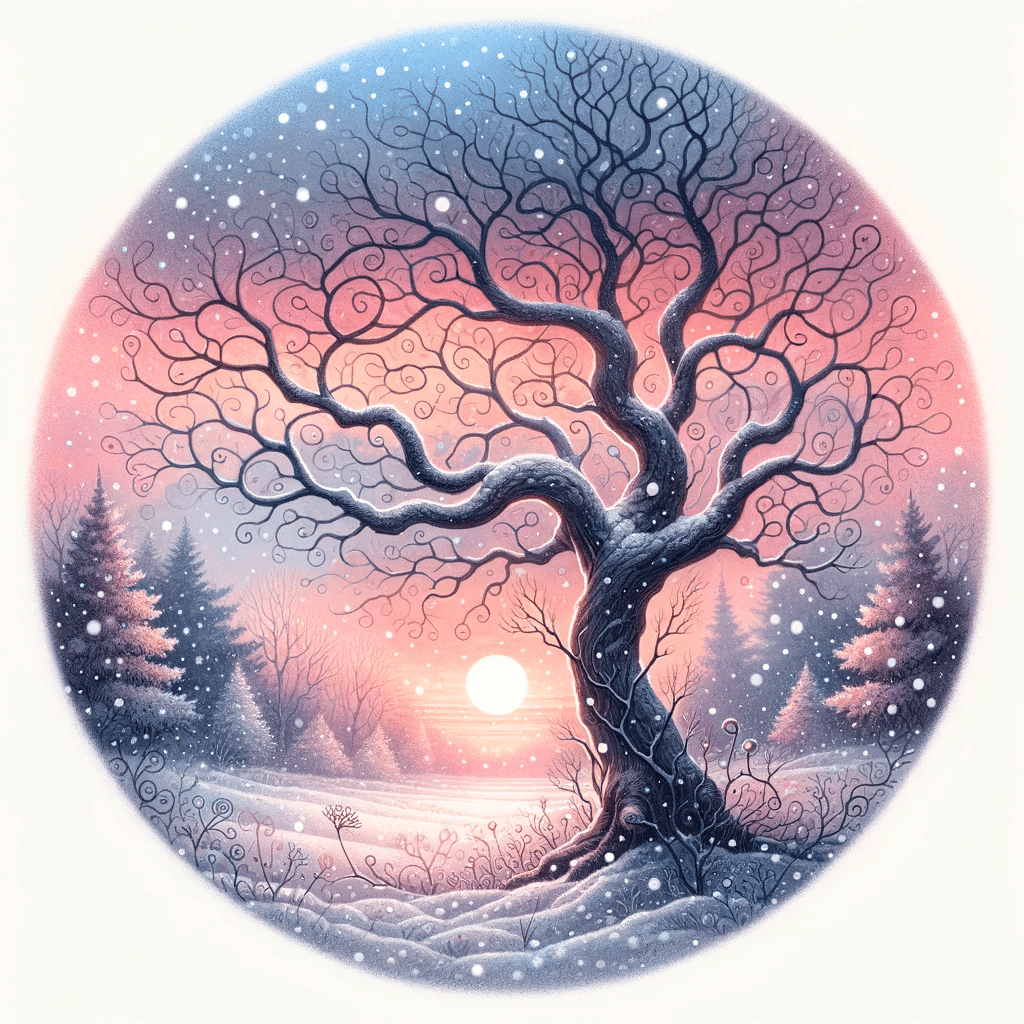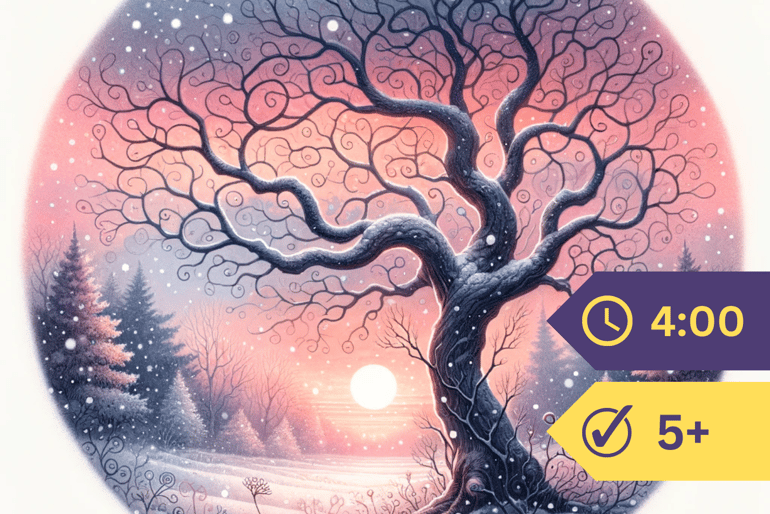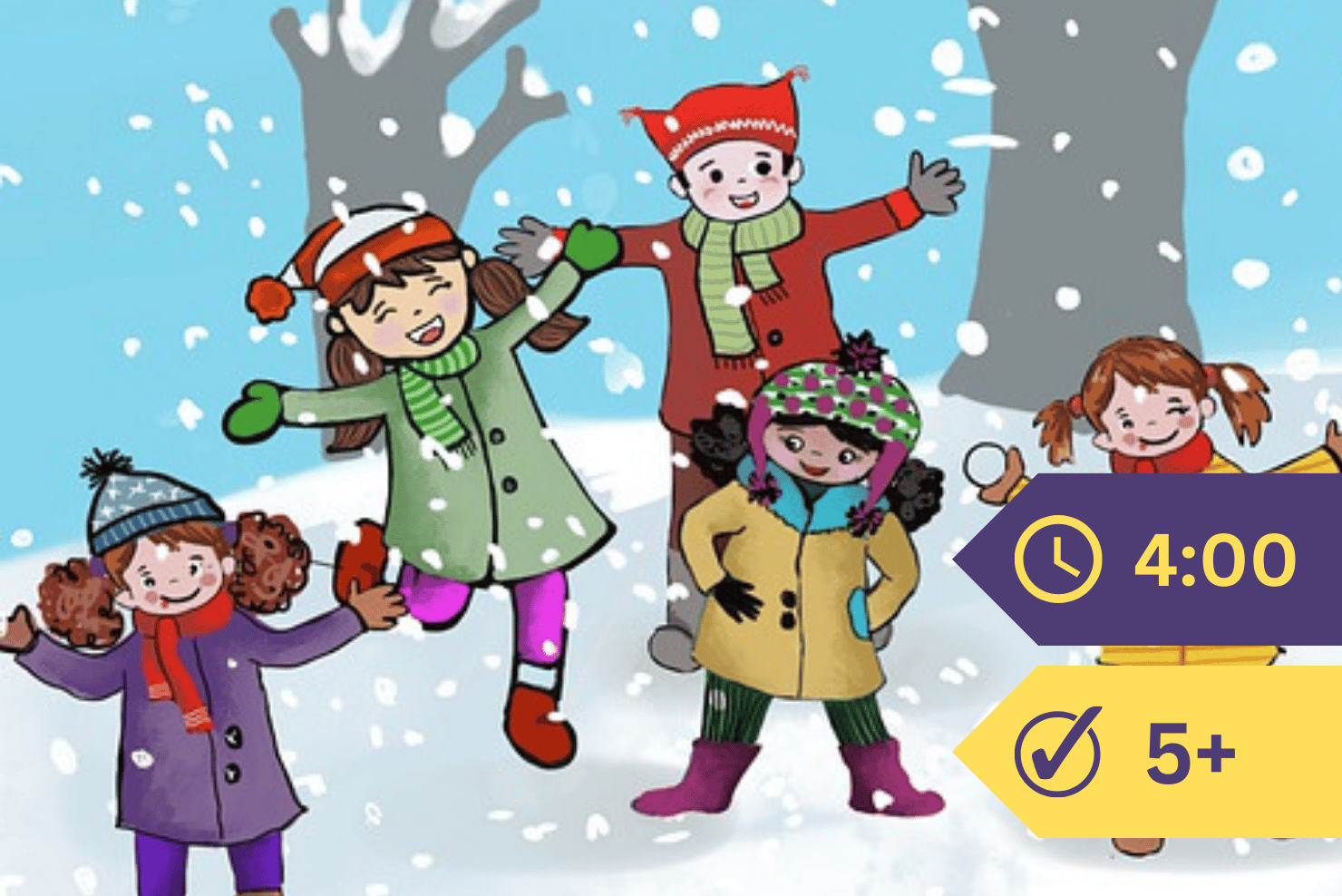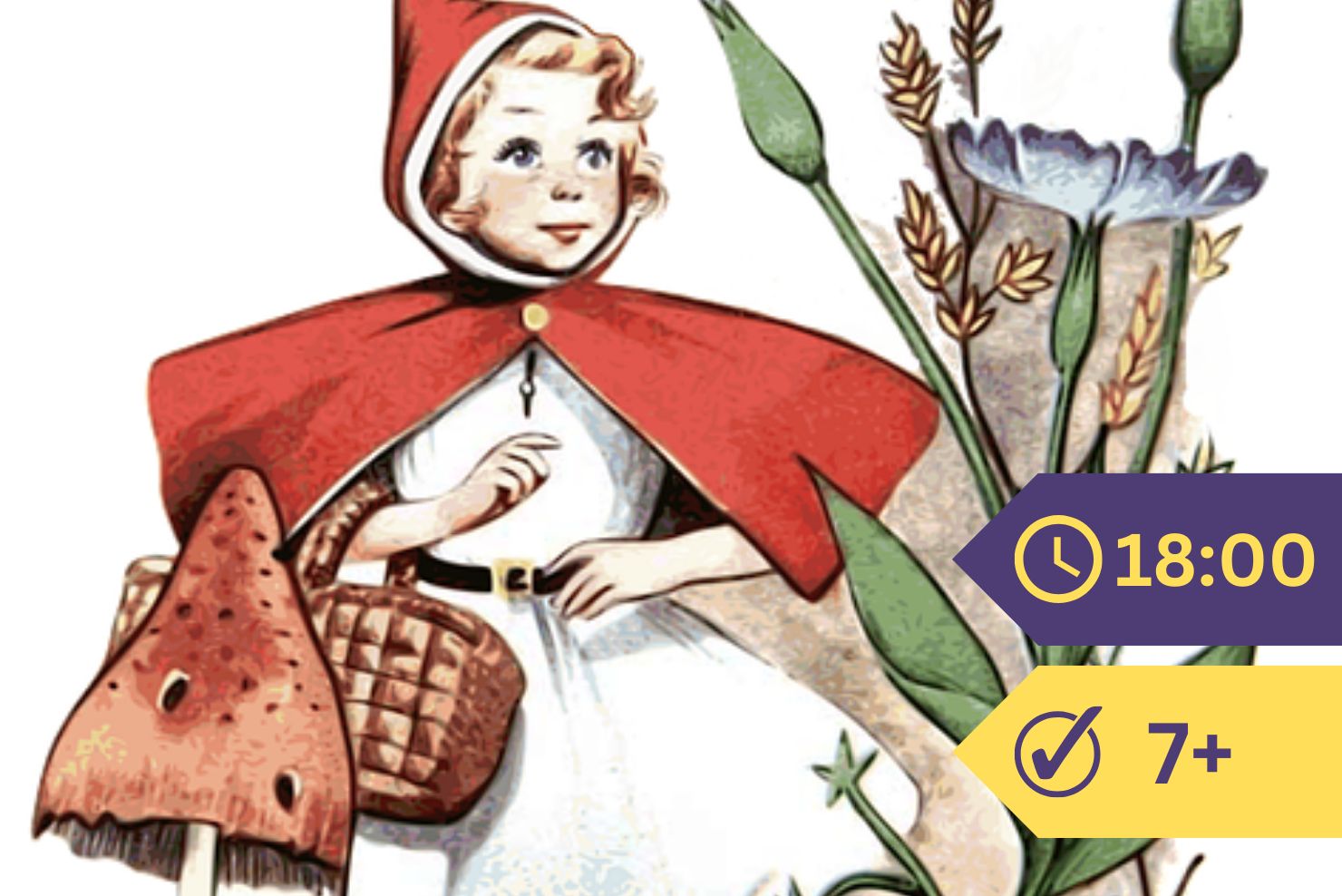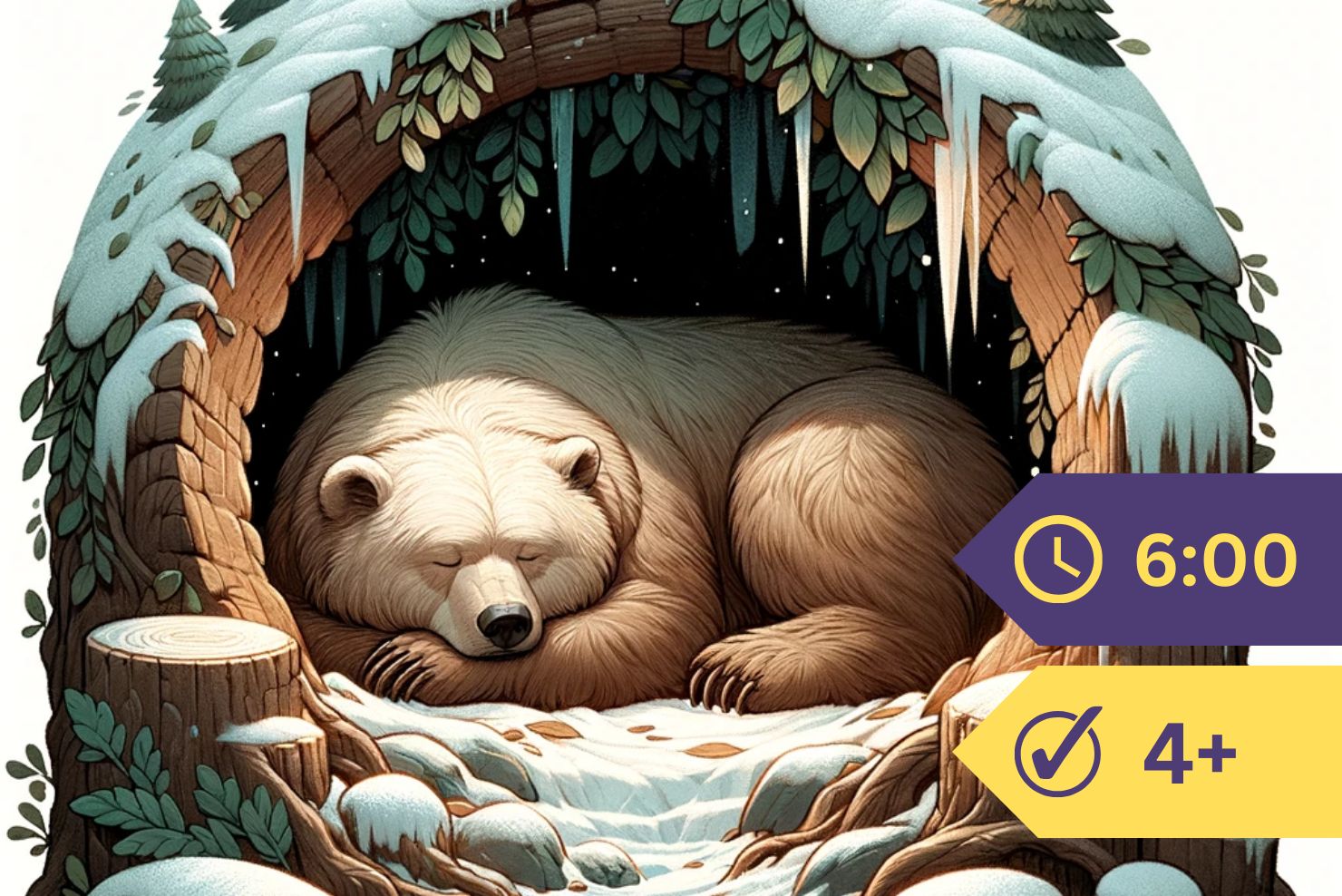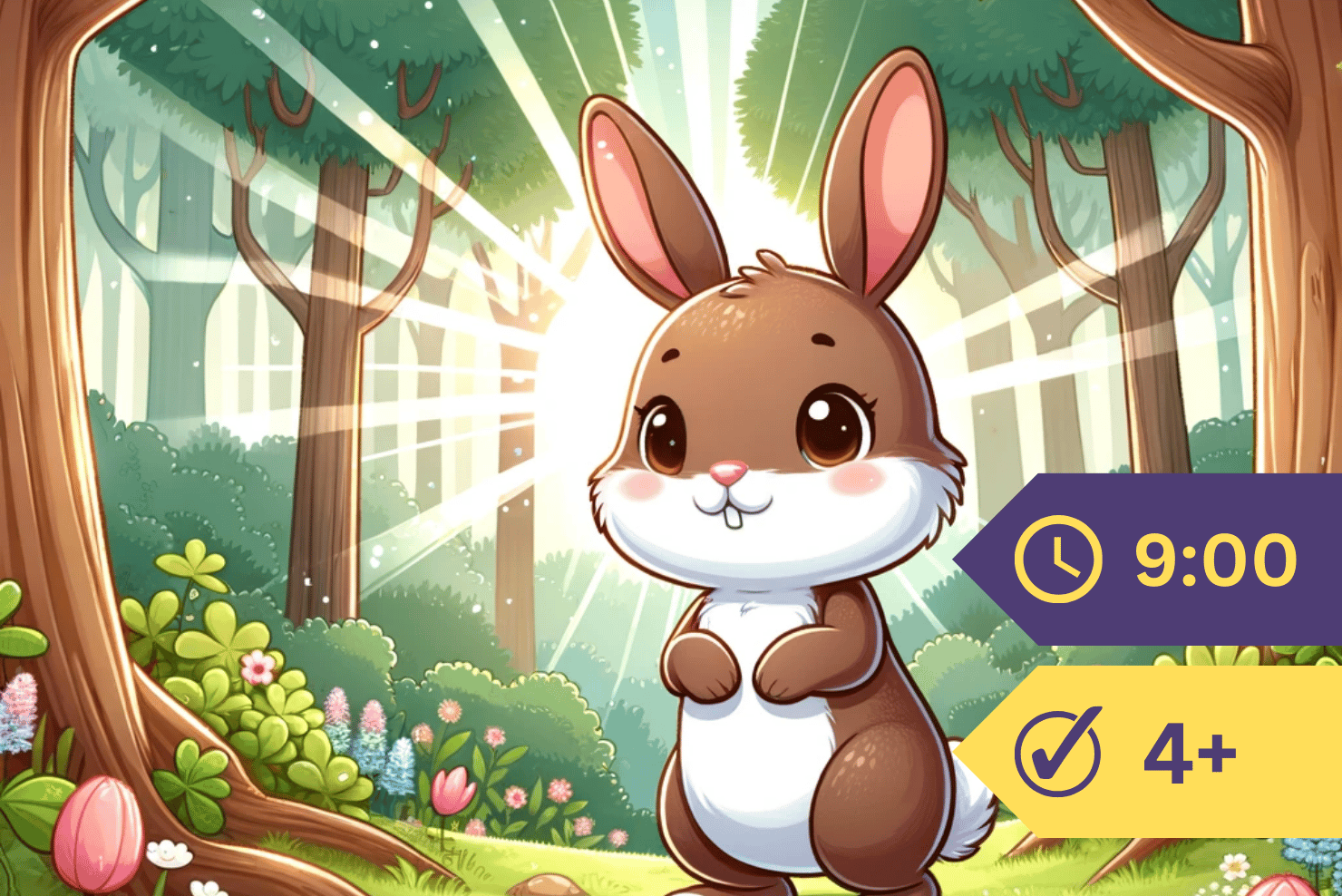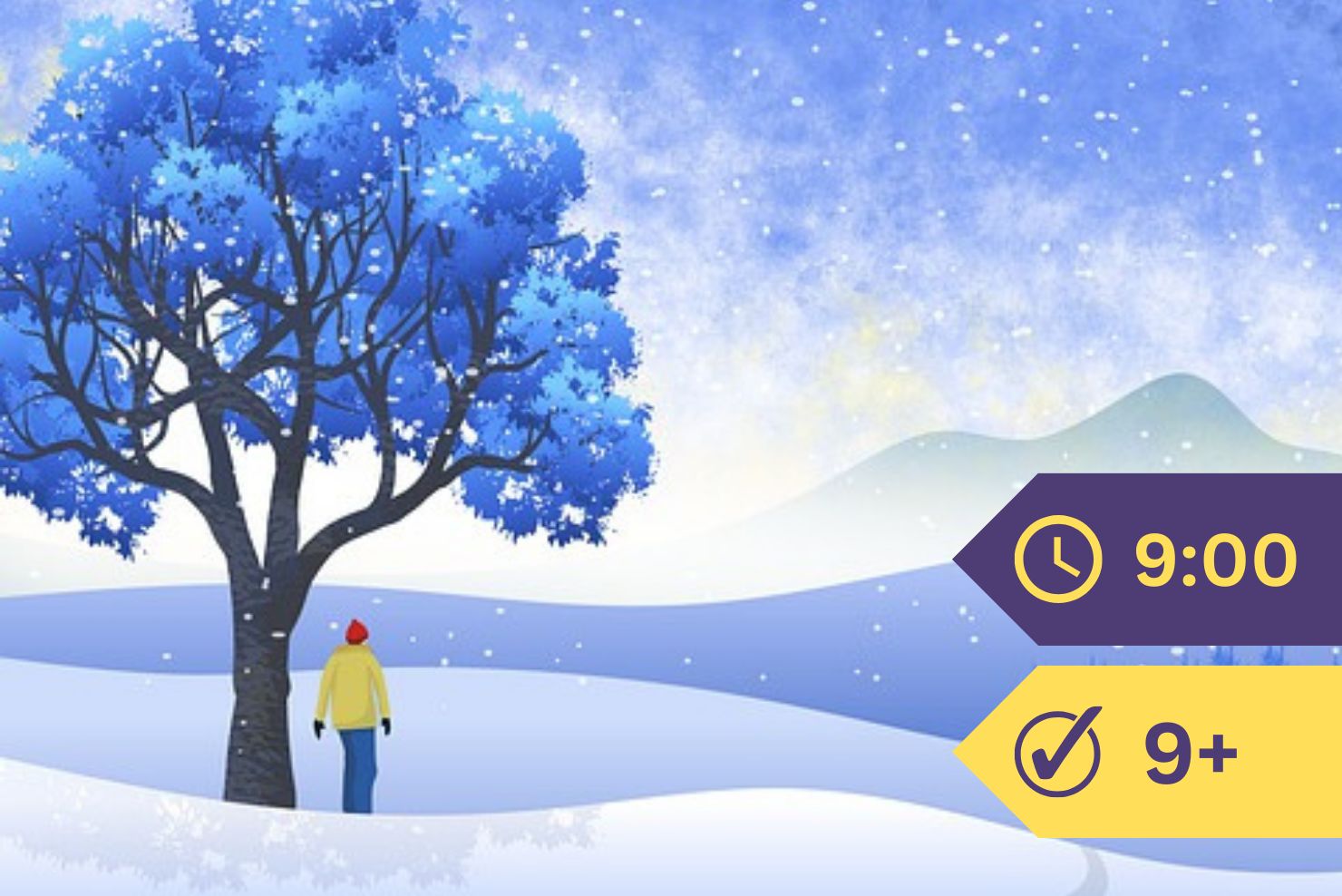When school opened in September, all the trees were covered with leaves; and some of these trees were bent with their burden of pears and apples and peaches, while others were hung with prickly chestnut burrs or with acorns or walnuts.
But now all is changed. The woods look gray and bare; for nearly all the leaves have fallen save those of the oak, which are still holding fast to the branches. These oak leaves are brown and stiff and leathery. They crackle and rustle when the wind blows through them.
In the city squares you see the same change,—bare branches in place of green leaves.
At this season it is hardly worth while, perhaps you think, to go to the woods or to the park; for there is nothing to be seen,—no leaves, no flowers, almost no fruits. Better wait till spring for any such expedition.
Here you are wrong. Provided you know what to look at, and how to look at it, there is no month of the year when the woods and parks are not full of interest.
And so at this season, when the trees are bare of leaves, better than at any other, certain things can be studied.
I have asked your teacher to bring to school to-day branches from the different trees which are looking so cold and lonely. It is nearly always possible to find the horse-chestnut, the maple, or the cherry; and we will talk especially about these branches.
On your way to school, perhaps you pass every day a horse-chestnut tree; but its branches are so far above your heads that you may never have noticed that in winter the leafless twigs bear just such buds as you see in the picture, and on the branch which is before you.
The largest bud grows on top. This is where the beautiful flower cluster that comes out in May lies hidden.
The smaller buds that grow lower down the stem hold only leaves. You see that these buds grow in pairs, one bud opposite another, and always above a sort of scar on the twig. This scar was made last fall by the breaking-off of a leaf.
Perhaps you fancy that these buds have only just made their appearance.

If you have any such idea as that, you are quite wrong. Last summer, when the leaves were large and fresh, the little buds, that were not to unfold for nearly a year, began to form, growing somewhat larger as the weeks went by, and folding themselves tightly in the brown, leathery wrappings that were to keep them safe from the cold of winter.
I should like you to pull off these wrappings, and see how well the horse-chestnut tree defends from cold its baby leaves.
First you find about seven of these outside wrappings. The very outer ones are thick and brown, and covered with the sticky stuff that makes them proof against rain.
The next ones are brown and thick where their tips are exposed to the air, while the inner ones are green and delicate. But altogether they make a warm, snug covering for young leaves and flowers.
As for the baby leaves themselves, they are all done up in a furry stuff that keeps them from catching cold, even if a gust of wind or a few drops of rain should manage to make a way through the waterproof and almost air-tight wrappings.
So you see that the leaves and branches and young flowers of a plant or tree are looked after just as carefully as is the seed within the seed case, or the baby plant in its seed shell.
